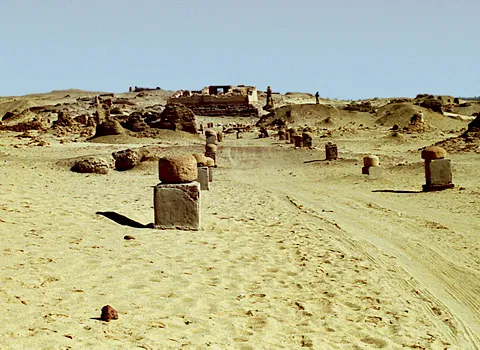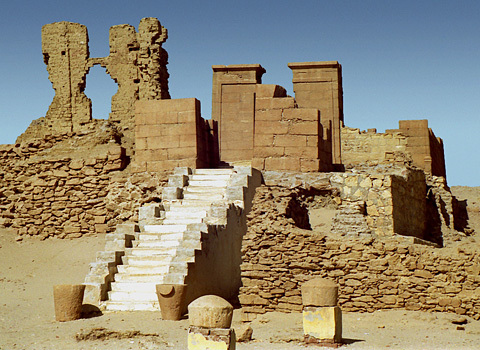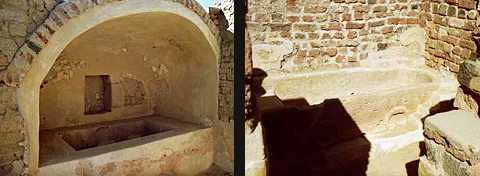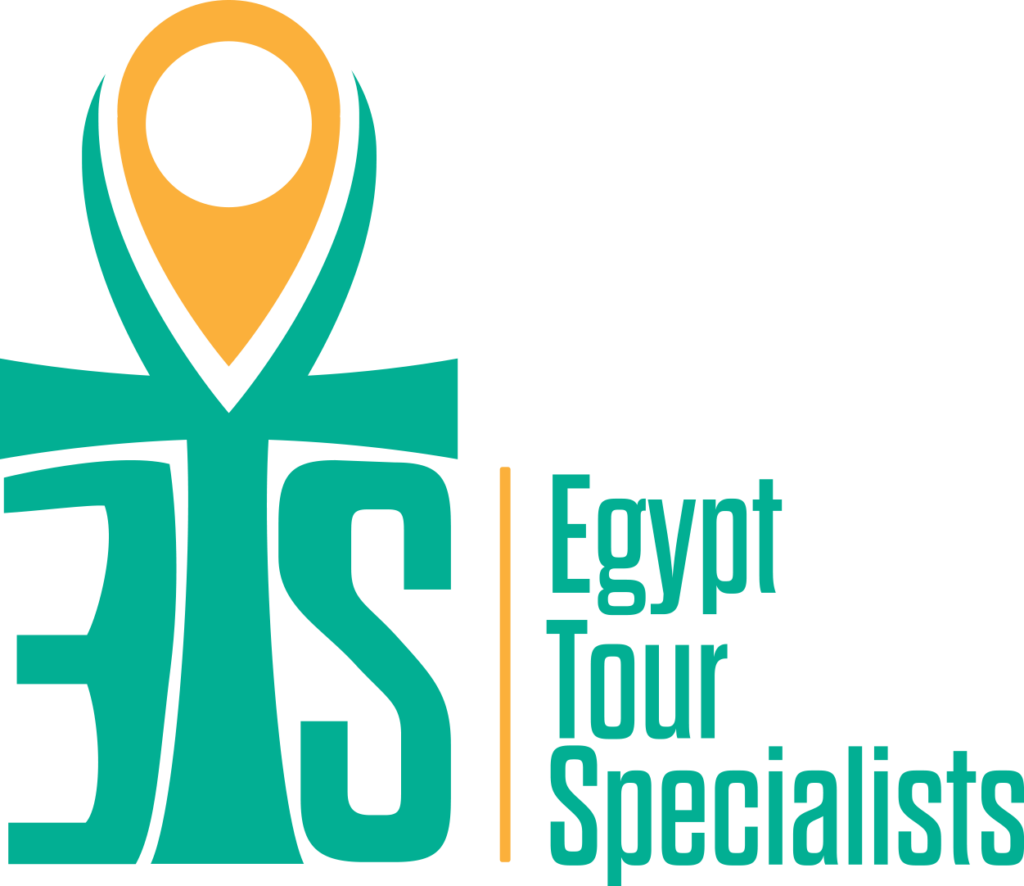Karanis ( Koum Oushim)
Kom Oushim is best known as ancient ‘Karanis’, the largest of the Greco-Roman town sites in the Fayoum.
The town was occupied for a total period of around seven centuries and saw many changes after the end of dynastic rule in Egypt.
The town has since provided a very valuable source of information.
on everyday life, religious cults, administration, and industries during this period.





